Agroforestry Benefits Farming, Nature, and Climate
- September 18, 2024
- 0 comment
Agroforestry, which integrates trees and shrubs into agricultural landscapes, provides significant benefits beyond traditional farming methods. By blending trees with crops and livestock, agroforestry benefits farming by improving soil health, increasing biodiversity, and strengthening climate resilience. This holistic approach not only supports sustainable farming but also helps protect natural ecosystems and reduce the impacts of climate change. Recognizing the benefits of agroforestry highlights its potential to transform agricultural systems and promote a more balanced relationship between farming and the environment.
What is Agroforestry?
Agroforestry is a land management practice that integrates trees and shrubs into traditional agricultural systems, blending them with crops and livestock. This approach goes beyond conventional farming by creating a diverse and productive landscape where trees provide multiple benefits. Trees in agroforestry systems can improve soil health by enhancing nutrient cycling and reducing erosion, while also offering shade and shelter for crops and animals, which can lead to increased overall productivity.
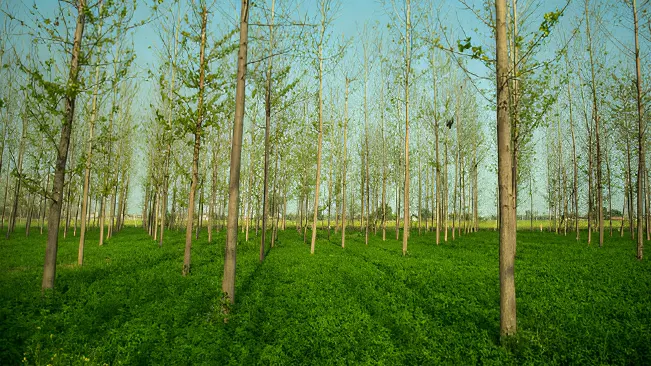
Additionally, agroforestry supports biodiversity by creating habitats for various wildlife species and promoting ecological balance. It contributes to climate resilience through carbon sequestration, capturing and storing carbon dioxide from the atmosphere. By incorporating trees into farming practices, agroforestry not only enhances agricultural sustainability but also addresses environmental concerns, making it a valuable strategy for both farmers and the planet.
Different Types of Agroforestry
1. Alley Cropping
Alley cropping is a method where rows of trees or shrubs are planted alongside rows of crops, creating designated “alleys” for crop cultivation. This design optimizes land use by allowing trees and crops to coexist in a complementary arrangement. The trees provide multiple benefits: they act as natural windbreaks, reducing wind erosion and shielding crops from harsh weather conditions.
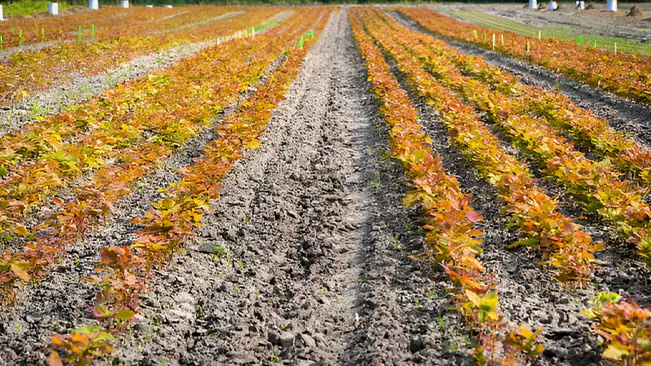
Their leaf litter contributes organic matter to the soil, enhancing soil fertility and structure over time. Additionally, the root systems of trees can help improve soil health by preventing erosion and promoting water infiltration. This system also reduces the need for synthetic fertilizers and pesticides, supporting more sustainable agricultural practices.
2. Silvopasture
Silvopasture integrates trees, pasture, and livestock within the same land area, creating a multifunctional landscape. In this system, trees are strategically spaced to allow ample sunlight to reach the pasture below, supporting healthy grass and forage growth. The shade provided by the trees benefits livestock by offering protection from extreme temperatures and reducing heat stress, which can improve animal health and productivity.
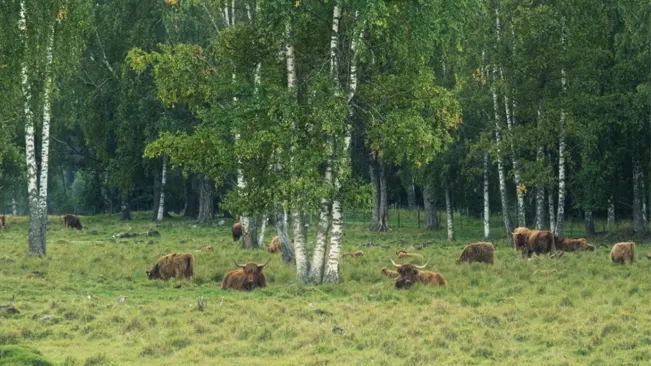
Furthermore, the presence of trees helps to enhance soil structure and fertility by providing organic matter through leaf litter and root decomposition. This practice not only supports sustainable livestock management but also contributes to soil and water conservation by reducing erosion and improving water infiltration.
3. Forest Farming
Forest farming is a system where high-value crops, such as medicinal herbs, mushrooms, and specialty fruits, are cultivated under a forest canopy. This approach leverages the shaded, protected environment created by the forest to grow crops that thrive in lower light conditions. The canopy of trees helps to maintain a stable microclimate, with consistent humidity and temperature levels that can be ideal for these crops.
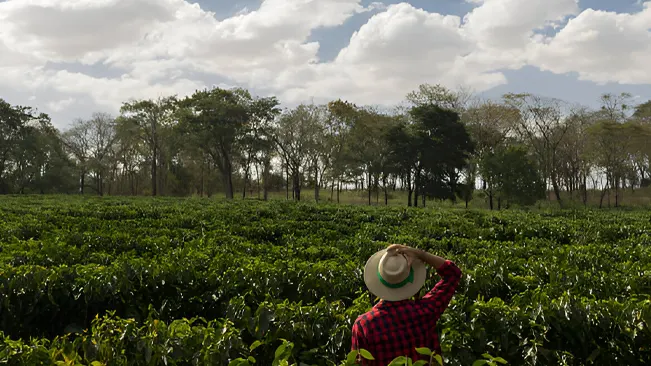
Forest farming also benefits from the natural processes of the forest, such as nutrient cycling and pest regulation, which can reduce the need for artificial inputs. This system not only provides economic opportunities through the cultivation of niche crops but also enhances forest conservation by integrating productive uses into the forest landscape.
4. Agroforestry Systems with Cover Crops
In agroforestry systems that incorporate cover crops, trees and main crops are grown alongside plants specifically chosen to improve soil health. Cover crops, such as legumes or grasses, are planted during periods when main crops are not in use, or they can be intercropped with main crops.

These cover crops play a crucial role in enhancing soil fertility by fixing nitrogen (in the case of legumes) and adding organic matter to the soil, which improves its structure and water-holding capacity. Additionally, cover crops help to reduce soil erosion, suppress weeds, and increase overall biodiversity in the farming system. This approach creates a more resilient agricultural system that supports long-term soil health and productivity.
5. Windbreaks and Shelterbelts
Windbreaks and shelterbelts involve planting rows of trees to shield agricultural lands from wind and weather extremes. Windbreaks typically consist of a single or double row of trees positioned perpendicular to prevailing winds, while shelterbelts are more extensive, often featuring multiple rows of trees for added protection.
These systems help to reduce wind speed, which can prevent soil erosion, protect crops from wind damage, and create a more favorable microclimate for plant growth. Additionally, shelterbelts can improve water retention in the soil and provide habitats for wildlife, contributing to overall ecological health. By integrating windbreaks and shelterbelts into agricultural landscapes, farmers can enhance both productivity and environmental sustainability.
6. Riparian Buffers
Riparian buffers are vegetated areas, typically consisting of trees, shrubs, and grasses, planted along the banks of waterways such as rivers, streams, and lakes. These buffers play a vital role in protecting water quality by filtering out pollutants from runoff before they enter the water. The root systems of riparian vegetation help to stabilize soil, reducing erosion and sedimentation in water bodies..
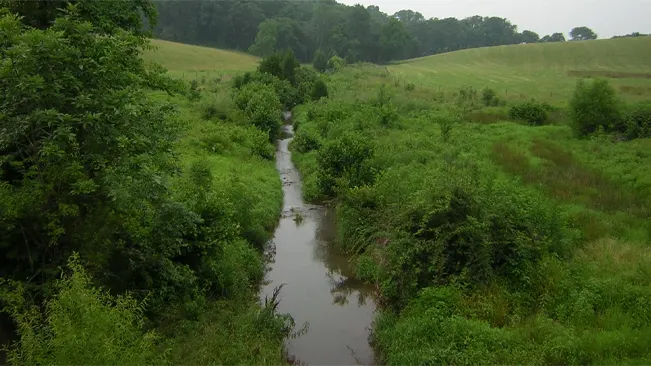
Additionally, riparian buffers provide essential habitats for wildlife, supporting diverse plant and animal species. By improving water management and maintaining healthy aquatic ecosystems, riparian buffers contribute significantly to the sustainability of both agricultural and natural landscapes.
Benefits for Farming
Enhanced Soil Health
Agroforestry practices significantly improve soil health through enhanced nutrient cycling and reduced erosion. The presence of trees in agroforestry systems contributes organic matter to the soil through leaf litter and root decomposition, which enriches the soil with essential nutrients.

This organic matter improves soil structure, enhances its water-holding capacity, and promotes beneficial microbial activity. Additionally, tree roots help to stabilize the soil and prevent erosion, maintaining the integrity of the soil structure and reducing the loss of valuable topsoil.
Increased Crop Yields
Agroforestry systems can lead to increased crop yields by reducing competition and enhancing biodiversity. The shade provided by trees can reduce heat stress and evaporation, creating a more favorable environment for crops. Trees also attract beneficial insects and natural predators that help control pests, reducing the need for chemical pesticides.

Furthermore, the diversity introduced by agroforestry can lead to healthier ecosystems and more resilient crop production systems. By diversifying agricultural practices, farmers can also tap into new sources of income, such as fruits, nuts, or timber, providing additional economic benefits and mitigating risks associated with monoculture.
Benefits for Nature
Biodiversity Conservation
Agroforestry plays a crucial role in biodiversity conservation by creating habitats for wildlife and supporting pollinators and beneficial insects. The integration of trees and shrubs into agricultural landscapes provides essential shelter and food sources for various species, helping to maintain and enhance local biodiversity.

This habitat diversity can support a range of wildlife, including birds, insects, and mammals, contributing to more robust and resilient ecosystems. Additionally, agroforestry systems can help to support pollinators, which are vital for the reproduction of many plants and crops.
Ecosystem Services
Agroforestry systems offer valuable ecosystem services, such as water filtration and regulation, and improvements in soil fertility and structure. Trees and shrubs act as natural filters, capturing and processing runoff before it reaches waterways, thus reducing water pollution. Their root systems also help regulate water flow and prevent soil erosion.
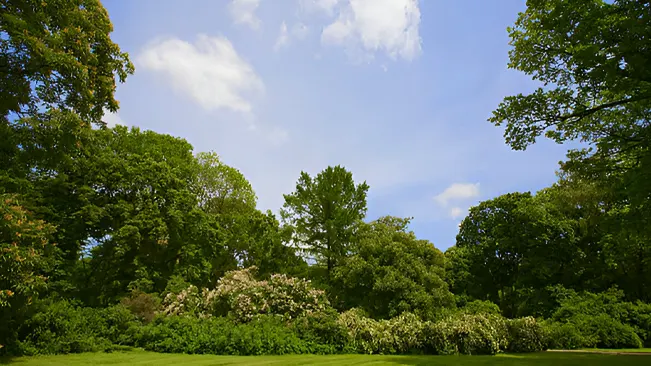
Moreover, the presence of trees can enhance soil fertility by adding organic matter and promoting nutrient cycling, which benefits both the trees and the surrounding crops. By integrating trees into agricultural systems, farmers can enhance these vital ecosystem services, contributing to overall environmental health.
Benefits for Climate
Carbon Sequestration
Trees in agroforestry systems play a significant role in capturing and storing carbon dioxide from the atmosphere, which is crucial for mitigating climate change. Through the process of photosynthesis, trees absorb CO2 and store it in their biomass and soil, effectively reducing the amount of greenhouse gases in the atmosphere.
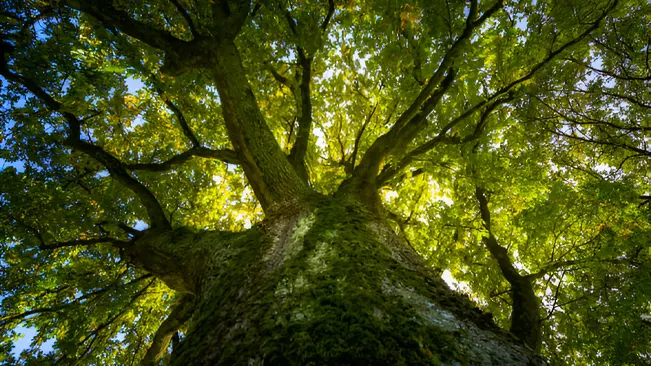
Agroforestry can be more effective in carbon sequestration compared to some other land use practices, as it integrates trees into productive landscapes, continuously capturing carbon throughout the growing season and potentially providing long-term storage.
Climate Resilience
Agroforestry systems enhance climate resilience by moderating microclimates and increasing resistance to extreme weather events. The presence of trees helps to regulate temperature and humidity, creating more stable conditions for crops and livestock. This can lead to improved water retention and reduced vulnerability to droughts and floods.

Additionally, agroforestry practices can contribute to the overall resilience of agricultural systems, making them better equipped to withstand and recover from climate-related stressors, thereby supporting long-term sustainability.
Why Do We Need Agroforestry?
Agroforestry is essential for creating a more resilient and sustainable farming system. By integrating trees and shrubs into agricultural landscapes, farms can boost their productivity while also enhancing environmental health. Trees and shrubs play a crucial role in improving soil quality, preventing erosion, and regulating water flow, which helps maintain fertile land and protects water resources. Additionally, agroforestry systems contribute to biodiversity by providing habitats for wildlife and supporting pollinators, thus reinforcing the farm’s ecological balance.

Moreover, agroforestry helps address the trade-offs often seen in conventional farming, where maximizing food production can come at the expense of environmental quality. By incorporating trees and shrubs, farms can achieve a balance between high agricultural output and the provision of public goods like clean air and water. This integrated approach not only supports farm productivity but also contributes to climate stability by sequestering carbon and moderating microclimates, making agroforestry a beneficial strategy for both agriculture and environmental stewardship.
Conclusion
Agroforestry provides a valuable solution that enhances farming, benefits nature, and supports climate stability. By incorporating trees and shrubs into agricultural systems, it improves soil health, boosts crop yields, and diversifies farm income. Additionally, agroforestry helps conserve biodiversity, supports wildlife habitats, and delivers essential ecosystem services like water filtration. It also plays a crucial role in carbon sequestration and climate resilience. Overall, agroforestry aligns agricultural productivity with environmental and climate goals, promoting a sustainable approach that benefits both current and future generations.
FAQs
- What is agroforestry?
Agroforestry is a land management practice that integrates trees and shrubs into agricultural systems. This approach combines trees with crops and/or livestock to enhance productivity, improve soil health, and support environmental sustainability. - How does agroforestry benefit farming?
Agroforestry enhances farming by improving soil fertility, reducing erosion, and increasing crop yields. It also diversifies income through additional products like fruits, nuts, and timber, and supports pest control through increased biodiversity. - What are the environmental benefits of agroforestry?
Agroforestry supports biodiversity by creating habitats for wildlife and pollinators. It also contributes to ecosystem services such as water filtration, soil stabilization, and climate regulation through carbon sequestration. - How does agroforestry help with climate change?
Agroforestry helps mitigate climate change by capturing and storing carbon dioxide in trees and soil. It also enhances climate resilience by moderating microclimates and reducing the impact of extreme weather events. - What are some common types of agroforestry systems?
Common agroforestry systems include alley cropping, silvopasture, forest farming, agroforestry with cover crops, windbreaks, shelterbelts, and riparian buffers. Each system integrates trees in different ways to achieve specific agricultural and environmental goals. - Can agroforestry be implemented on any type of farm?
Agroforestry can be adapted to various types of farms and agricultural settings. The choice of system and species will depend on factors like climate, soil type, and the specific needs of the farm. - Are there any challenges associated with agroforestry?
Challenges may include initial setup costs, the need for specific knowledge and management skills, and potential competition between trees and crops for resources. However, the long-term benefits often outweigh these challenges. - How can I get started with agroforestry?
To start with agroforestry, assess your land and farming goals to choose an appropriate system. Consult with experts or extension services for guidance on species selection, design, and management practices. Consider starting with small-scale pilot projects to evaluate outcomes before full implementation.

Joel Cunningham
Forestry AuthorI'm Joel Cunningham, an expert in pruning and weed management with over a decade of experience. My skills are rooted in formal training and extensive practice, focusing on advanced pruning techniques and efficient weed control. I'm known for my quality work, precision, and deep understanding of plant health and soil dynamics. My contributions extend to educational initiatives where I share sustainable practices and advice, establishing myself as a reliable and authoritative figure in the gardening community.


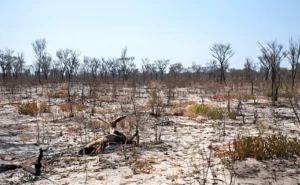

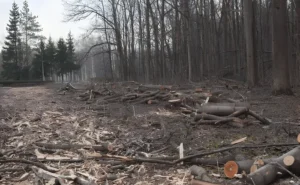





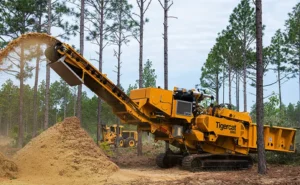


Leave your comment